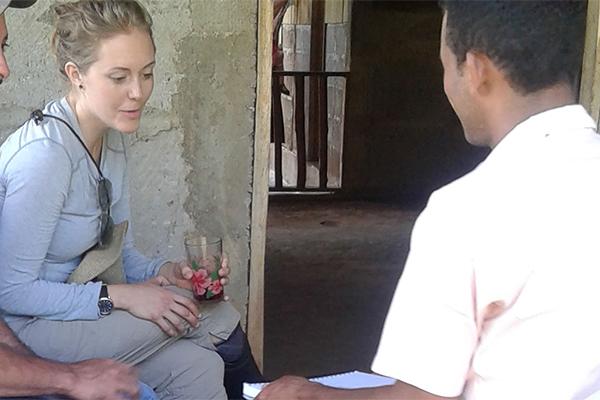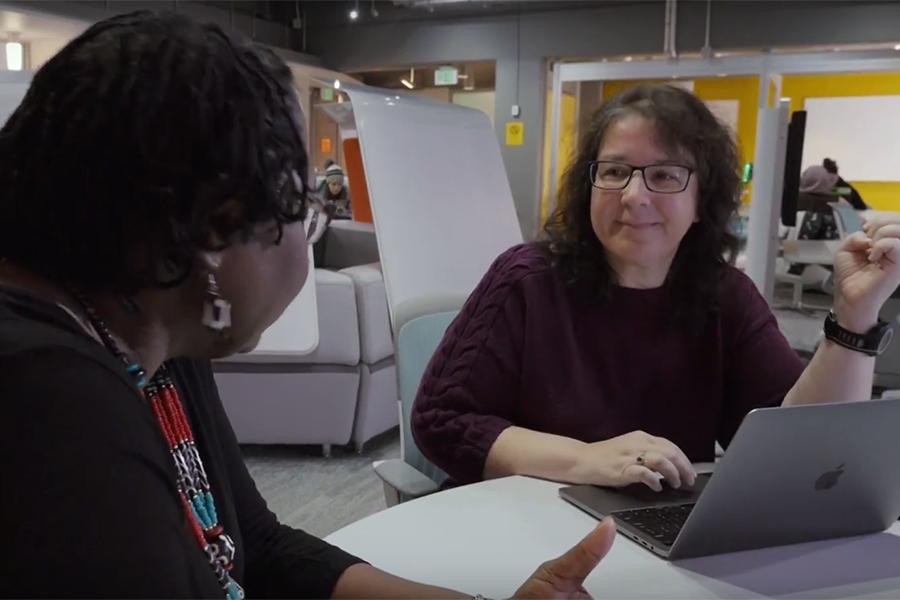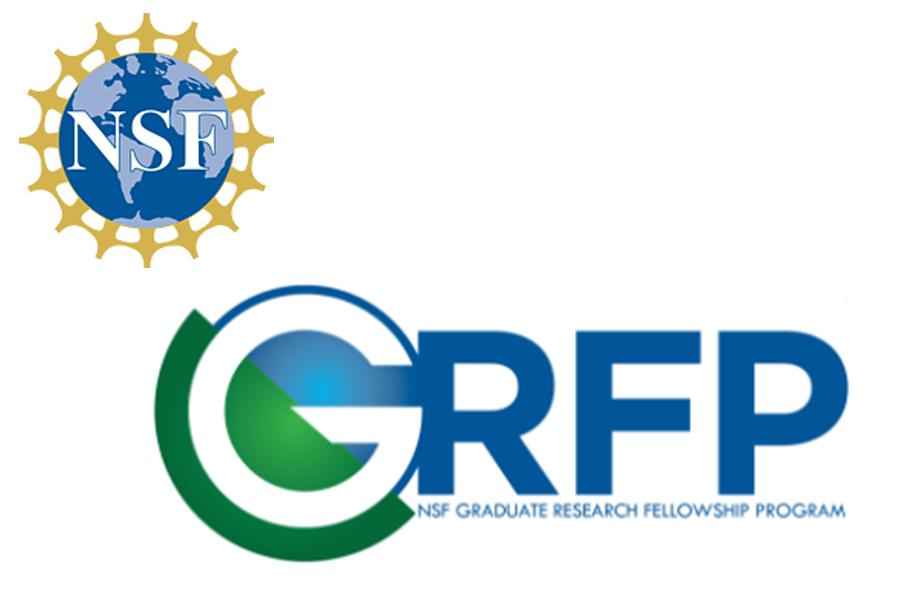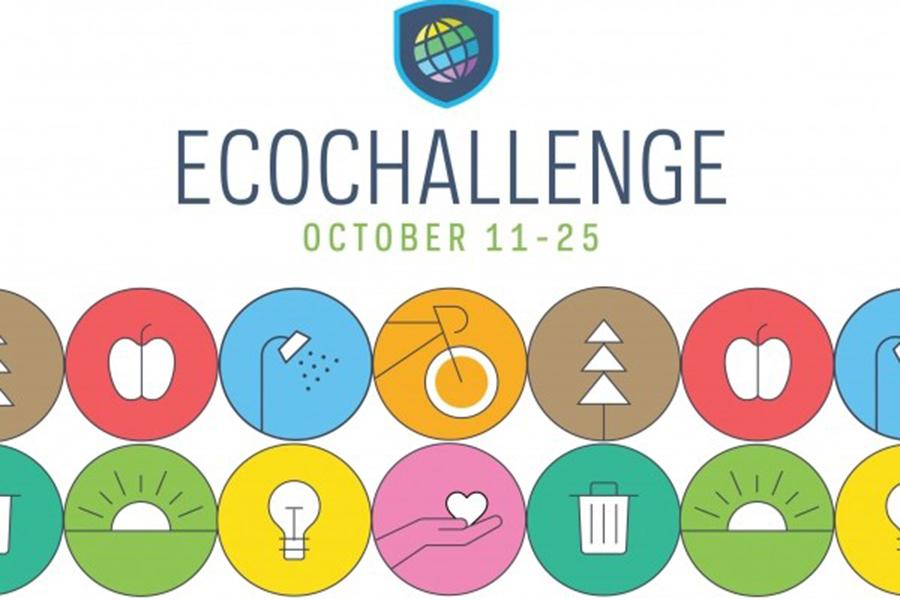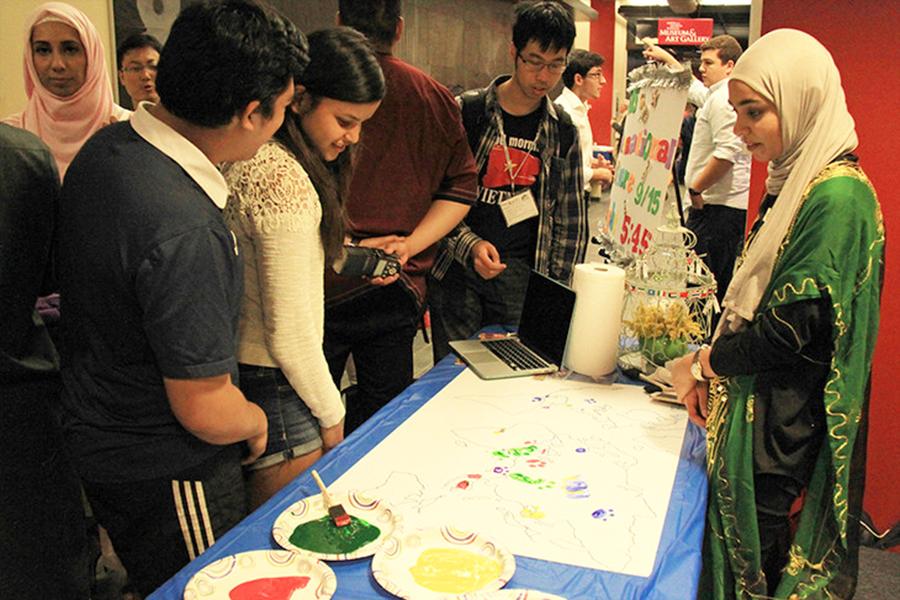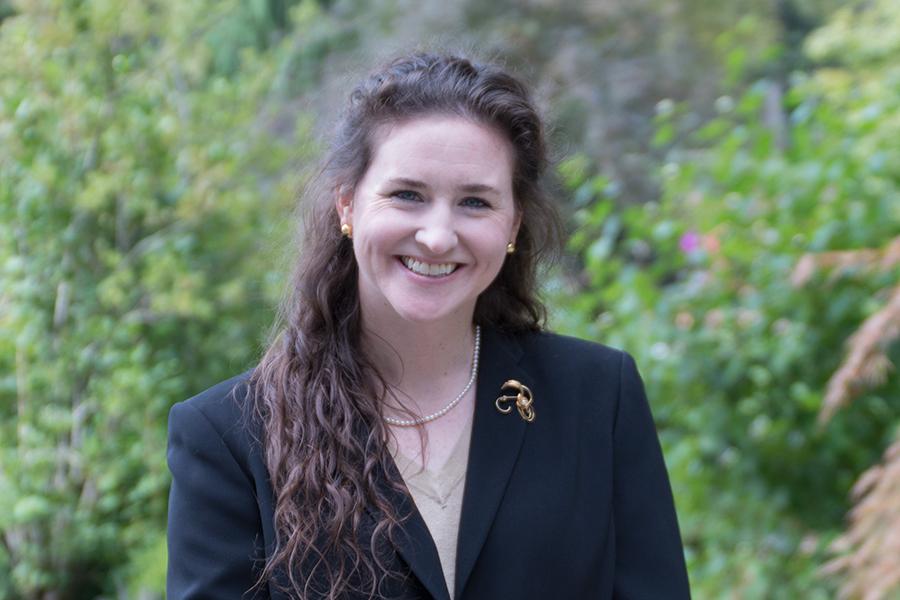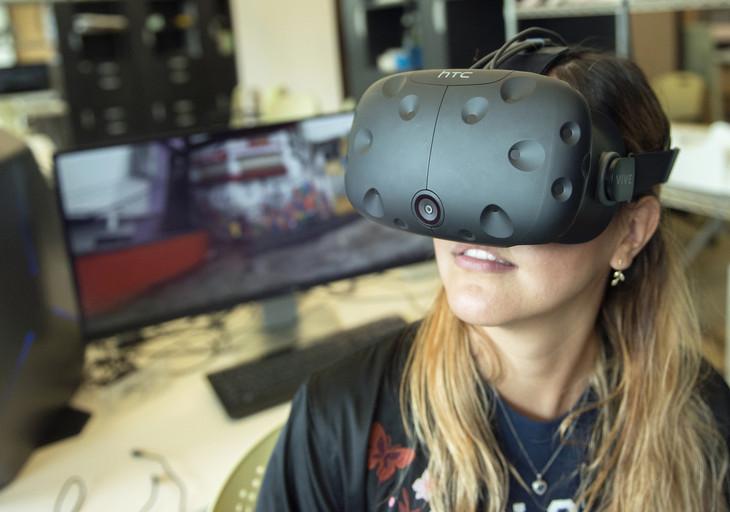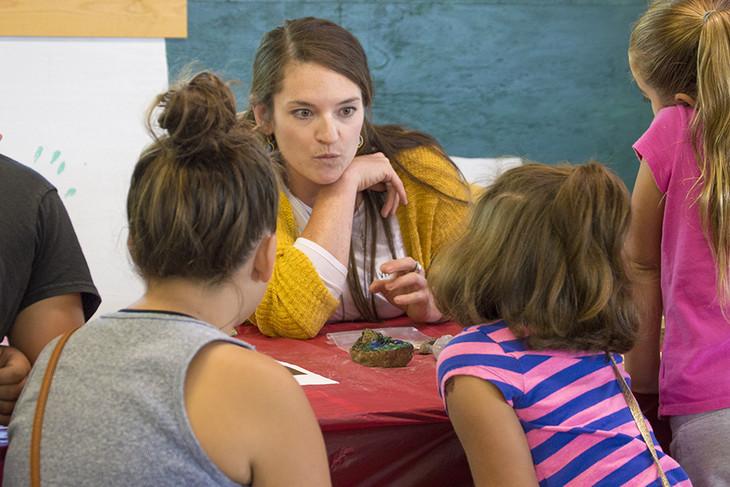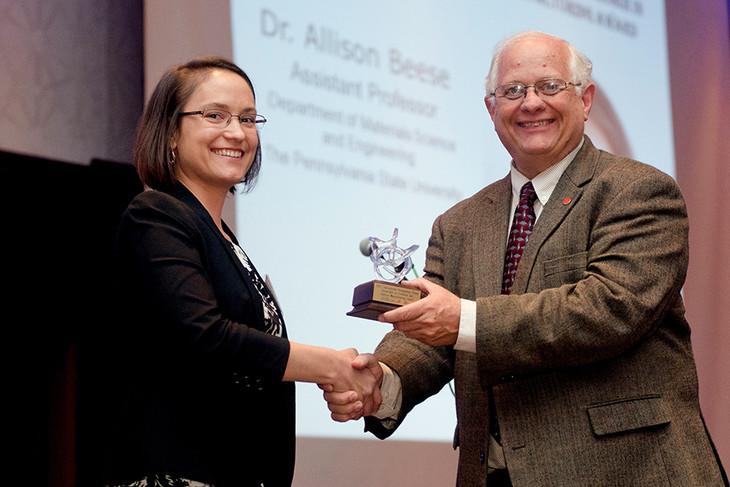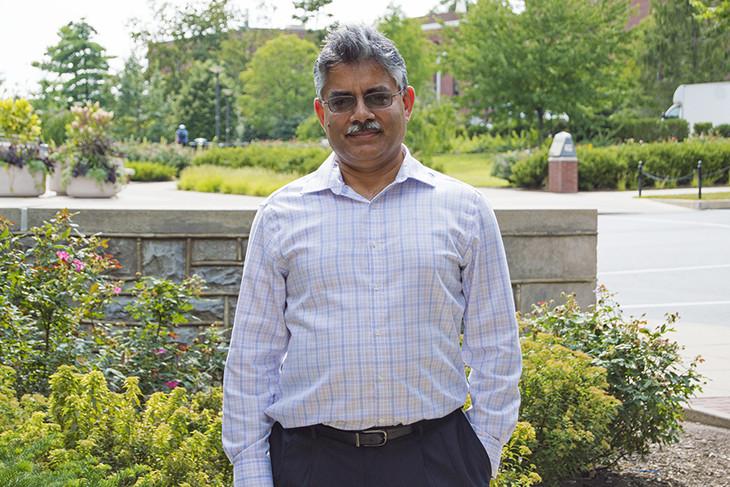Our graduate students are integral to the research we conduct, and they also are dedicated to making a difference in communities. Learn more about their research, outreach efforts, and other projects below.
News
Geography graduate student Megan Baumann has been spending the last few summers in Nicaragua learning from farmers how they manage their land and crops. As the recipient of a National Science Foundation Graduate Research Fellowship, she hopes to continue her research in this area.
The Earth and Space Science Partnership (ESSP) is a program funded by the National Science Foundation designed to help Pennsylvania science teachers build upon their understanding and teaching of big ideas in Earth and space science. The $9 million initiative was aimed at reshaping the teaching and learning of Earth and space science in Pennsylvania.
The Graduate School at Penn State is pleased to host 15 new National Science Foundation (NSF) Graduate Research Fellowship Program (GRFP) award recipients for the 2017-18 academic year.
The Sustainability Institute has announced Penn State’s participation in the 2017 EcoChallenge. Faculty, staff and students are invited to participate in the challenge by changing one or more personal habits over the course of two weeks, from Oct. 11–25.
People interested in learning about some of the world’s foods, performing arts, cultures and more can attend the third annual International Culture Night to celebrate cultures from around the world and enhance their cultural experiences. The event will take place from 5:45 to 8 p.m on Tuesday, Sept. 19, on the ground floor of the Deike Building on the University Park campus.
After defending her dissertation in August, meteorology graduate student Caroline Normile entered public service in September to share her scientific perspective in a U.S. Congress member's office, through the American Association for the Advancement of Science (AAAS) Science and Technology Policy Fellowship program.
In the Rio Studio, advanced architecture and landscape architecture students used digital technology, including virtual reality, to explore design solutions for a Brazilian favela. Jose Duarte, Stuckeman Chair in Design Innovation at Penn State, has long been interested in how these unplanned communities take shape, and how they evolve. What are the hidden rules that underlie their emergence and growth? By decoding these rules, he says, we can both improve existing settlements and better face the design challenges of the future.
As rows of tents dotted the countryside, the Grange Fair offered a chance to get back to more simple times. But for members of the group WE ARE for Science, it was a chance to shape the future of science policy, education and public outreach. About 40 members of the group recently spent a day at the fair fielding questions from kids and parents alike, in areas such as astronomy, entomology and geosciences at their “Ask a Scientist” event.
Allison Beese, assistant professor of materials science and engineering, recently earned the International Outstanding Young Researcher in Freeform and Additive Manufacturing Award for research accomplishments related to additive manufacturing of metallic materials.
Sanjay Srinivasan, the newly appointed head of the John and Willie Leone Family Department of Energy and Mineral Engineering (EME), said he’s looking forward to helping “world-class” faculty further extend Penn State’s reputation as “the energy university.”


